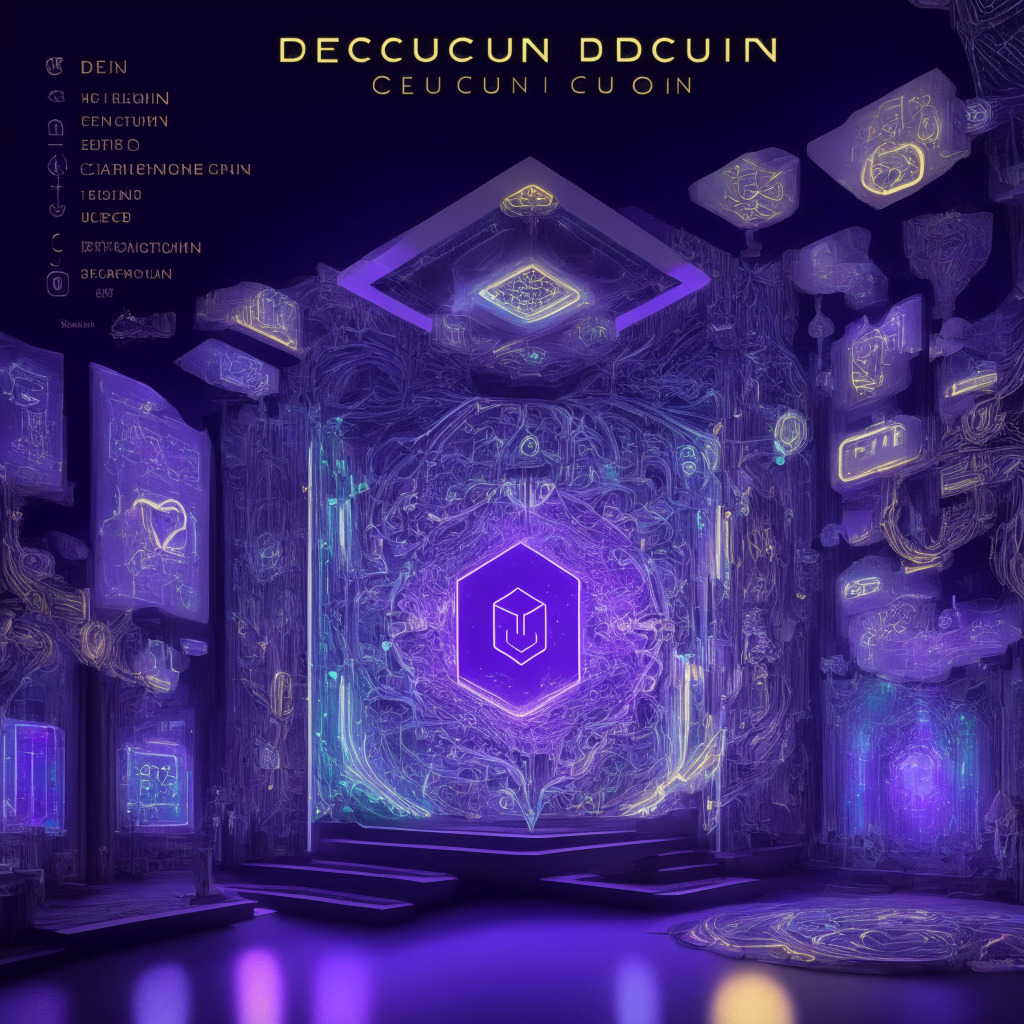Fresh from the successful Shapella upgrade last month, Ethereum developers are already forging ahead with their plans for the next significant transformation of the blockchain. This new update, coined “Dencun,” cleverly combines two simultaneous upgrades: “Cancun” on the execution layer, where all protocol rules are stored, and “Deneb” on the consensus layer, which ensures block validation.
At the core of Dencun lies EIP 4844 or “proto-danksharding,” a proposal designed to scale the blockchain by increasing storage capacity for data “blobs.” This change is also anticipated to reduce fees for layer 2 rollups. EIP 4844’s incorporation into the next upgrade was delayed, as its magnitude was considered too significant to implement alongside staked ETH withdrawals in the Shapella update.
Ethereum developers convened on Thursday to explore the specifics of EIP 4844. Tim Beiko, the protocol support lead at Ethereum Foundation, who presides over these bi-monthly meetings, stated, “I’ll assume that, by default, we sort of keep this scope for Cancun and if anybody wants to change it going forward, just put something in the agenda.” However, the exact timeline for the Dencun upgrade remains undecided, with developers previously indicating their goal is to launch it in the later half of 2023.
In addition to proto-danksharding, Dencun is expected to feature several other technical upgrades, including EIPs 6780, 6475, and 1153. The full scope and content of Dencun will be determined over the upcoming weeks, as developers test out other EIPs before finalizing proposals for inclusion in the next significant hard fork.
While the adoption of EIP 4844 as part of the Dencun upgrade holds potential benefits, it is important to consider possible drawbacks. Scaling the blockchain and reducing fees for layer 2 rollups could increase Ethereum’s appeal and efficiency for end-users. However, the complexity and magnitude of the proposed changes may also introduce potential risks or implementation issues.
As Ethereum developers continue to test and refine the EIPs for the Dencun upgrade, the full impact of this proposed transformation awaits to be seen. In the grand scheme of things, this next major step in Ethereum’s ongoing evolution represents a critical juncture for the broader blockchain industry, challenging not only the platform itself but also its competitors and regulators. Undoubtedly, the outcomes of these changes will be of great interest to crypto enthusiasts and the community at large, as Ethereum keeps pushing the boundaries of what blockchain technology can achieve.
Source: Coindesk




